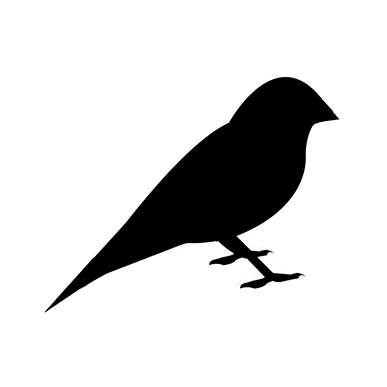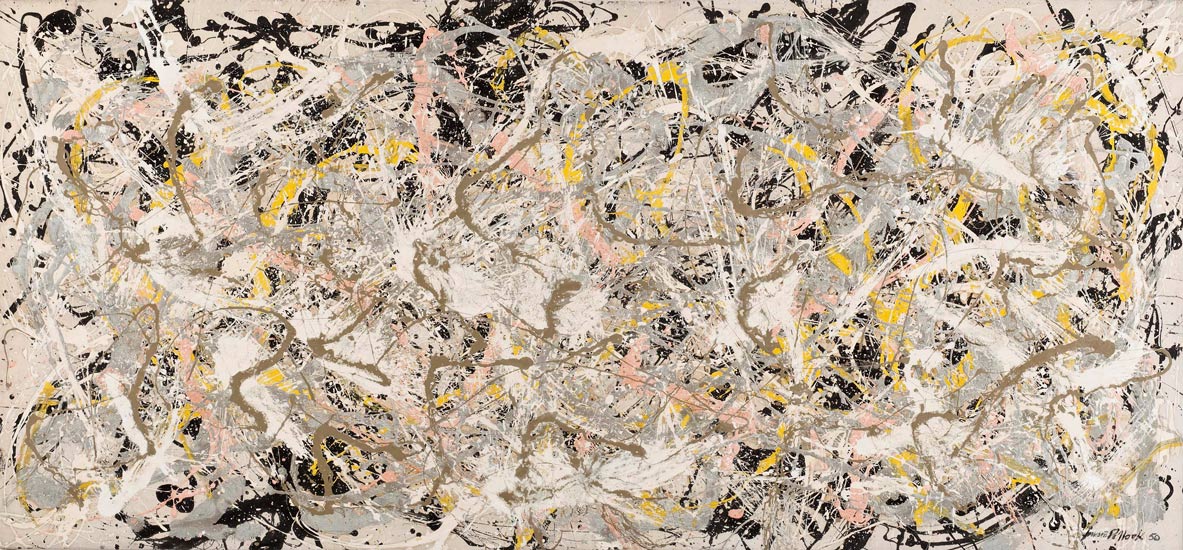Intelligent Touch
(Prologue)

In every work of art there is an irreducible singularity; a fund of affect and visual event that is inexhaustible. But with so much art to see in so many locations, the pace of consumption has accelerated, provoking new ways of looking. At the Museum of Modern Art, for instance, visitors move from painting to painting taking cell phone pictures—storing up artworks for a future moment of contemplation that may never arrive. The art world is now a vast accumulation of potential energy, largely accessible on-line, but beyond the capacities of any individual to consume: a giant reservoir of deferred experience. This dynamic—of massive accumulation amidst endemic distraction—suggests why painting has acquired new forms and new relevance.

© Artist’s estate. Image: Whitney Museum of American Art. Please read our Fair Use Disclaimer
+
Abstract Expressionism linked personal touch to aesthetic intelligence, resulting in an array of signature styles. Such procedures as Jackson Pollock’s dripping and flinging of paint, for instance, qualify as intelligent because through them, mute sensation became articulate—even capable of capturing the unconscious as various commentators and the artist himself proposed. In his classic drip paintings Pollock opened an aesthetic threshold between pure disorganized sensation and its (materially) organized articulation. In the early twenty-first century this threshold has shifted. The mark has come to occupy the threshold between matter and the “picture,” defined by Pop and Appropriation as a commodified image. The painterly mark of our time embodies a paradox: between touch as an index of affect, and touch as the automatic transcription of information. It carries a new kind of artificial intelligence.
This article first appeared as an abstract in the 2013 conference program, Painting Beyond Itself: The Medium in the Post-Medium Condition, sponsored by the Department of History of Art and Architecture, Harvard University, and the Mahindra Humanities Center at Harvard. theFinch.net is grateful to David Joselit for his permission to reprint it. Read the article in full here. (via academia.edu. Registration may be required.)
Minimalism sought to make blank or typological versions of objects. So, in Minimalism, the thing itself, or its qualities, is less important than the way it operates on a viewer in a space, whereas painting suggests a kind of virtuality. It occupies a strange middle ground between the phenomenological and the virtual.
Certainly, painting has always belonged to networks of distribution and exhibition, but [Martin] Kippenberger claims something more: that, by the early 1990s, an individual painting should explicitly visualize such networks.
Conceptual art transferred aesthetic value from objects to propositions. When an artwork assumes the form of a proposition, as Lawrence Weiner has always insisted in the instructions that accompany his pieces, the work’s integrity is unaffected by a receiver’s decision of how to act on it. In other words, the proposition functions like a score…

